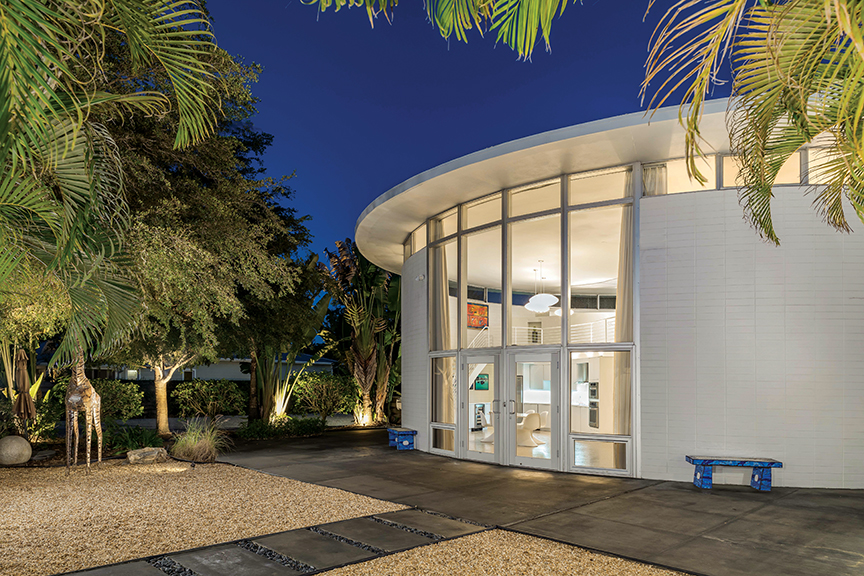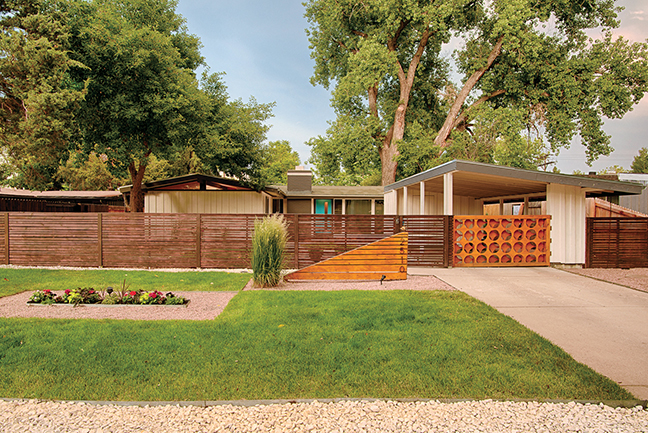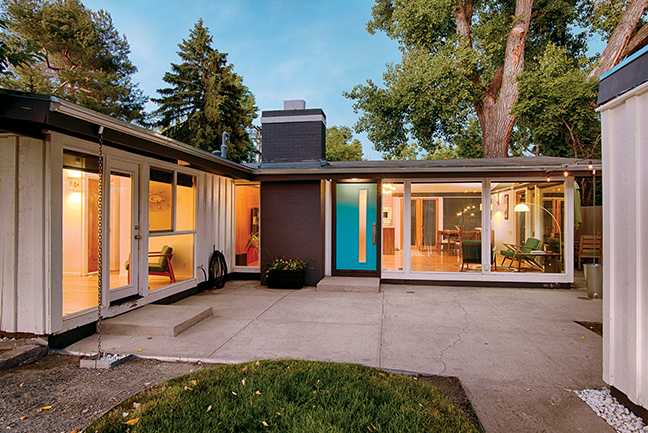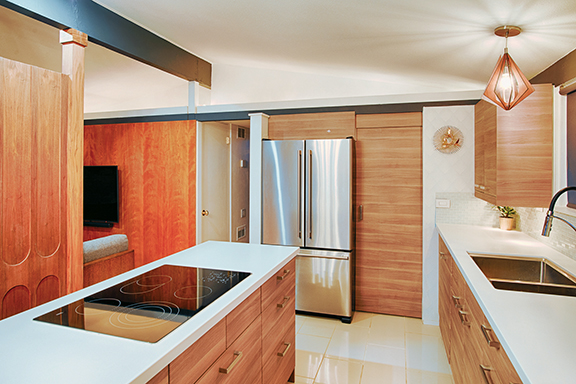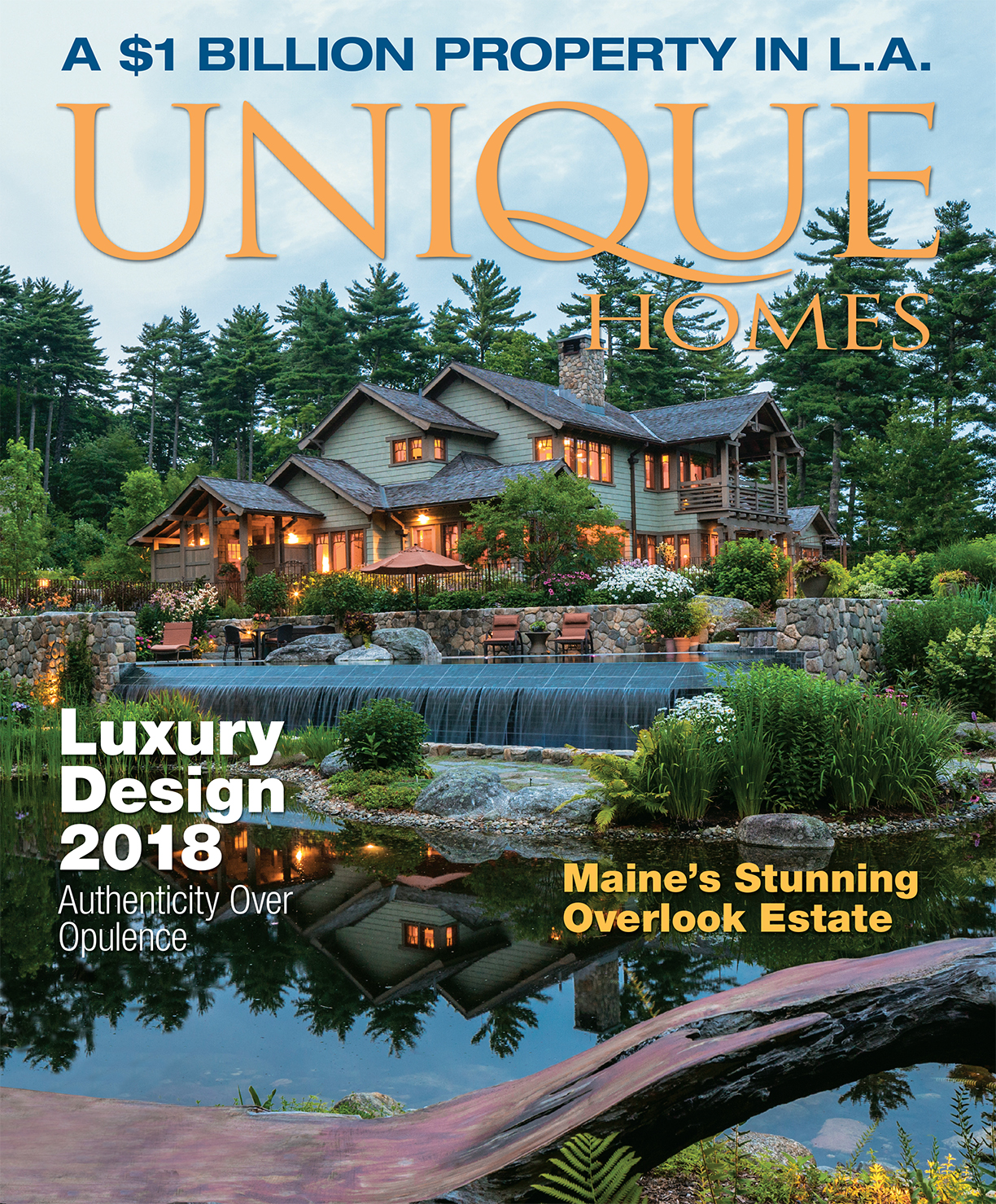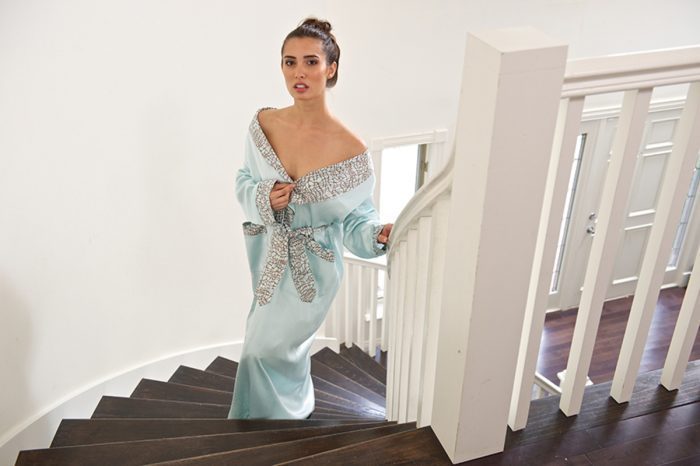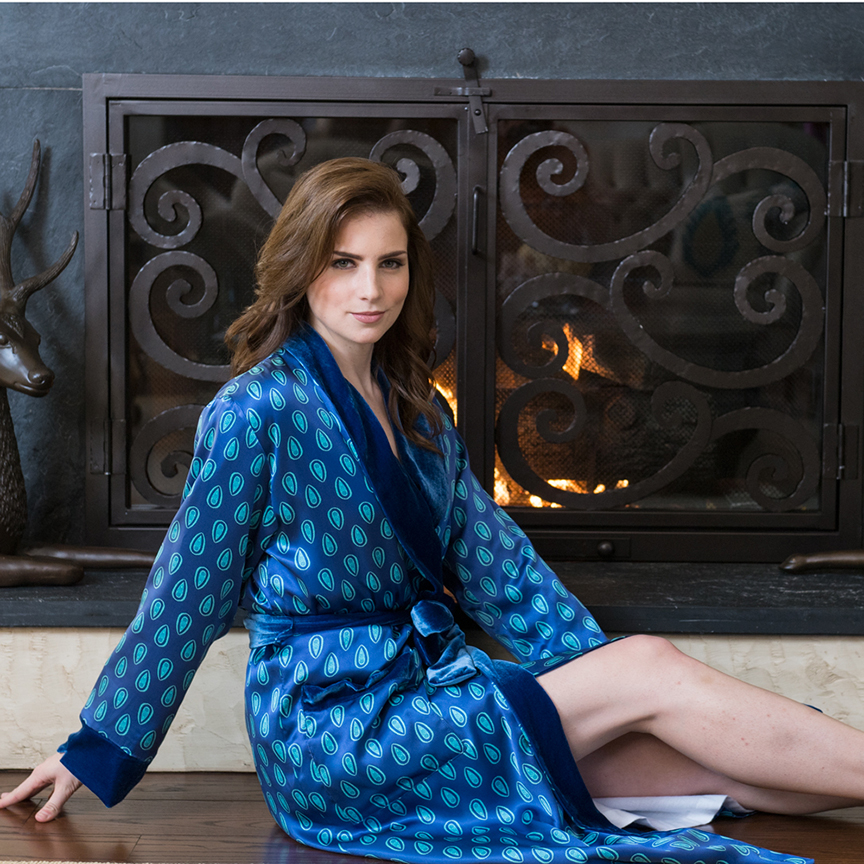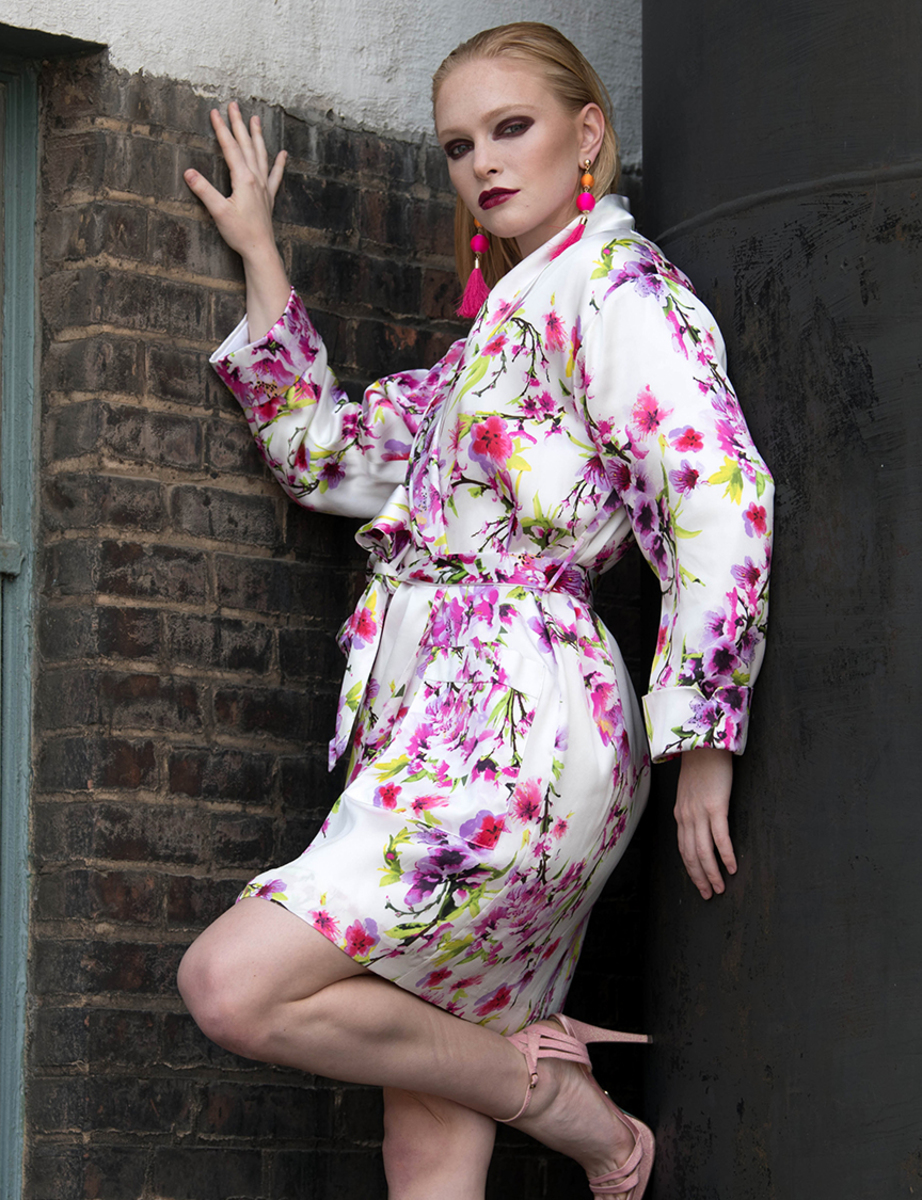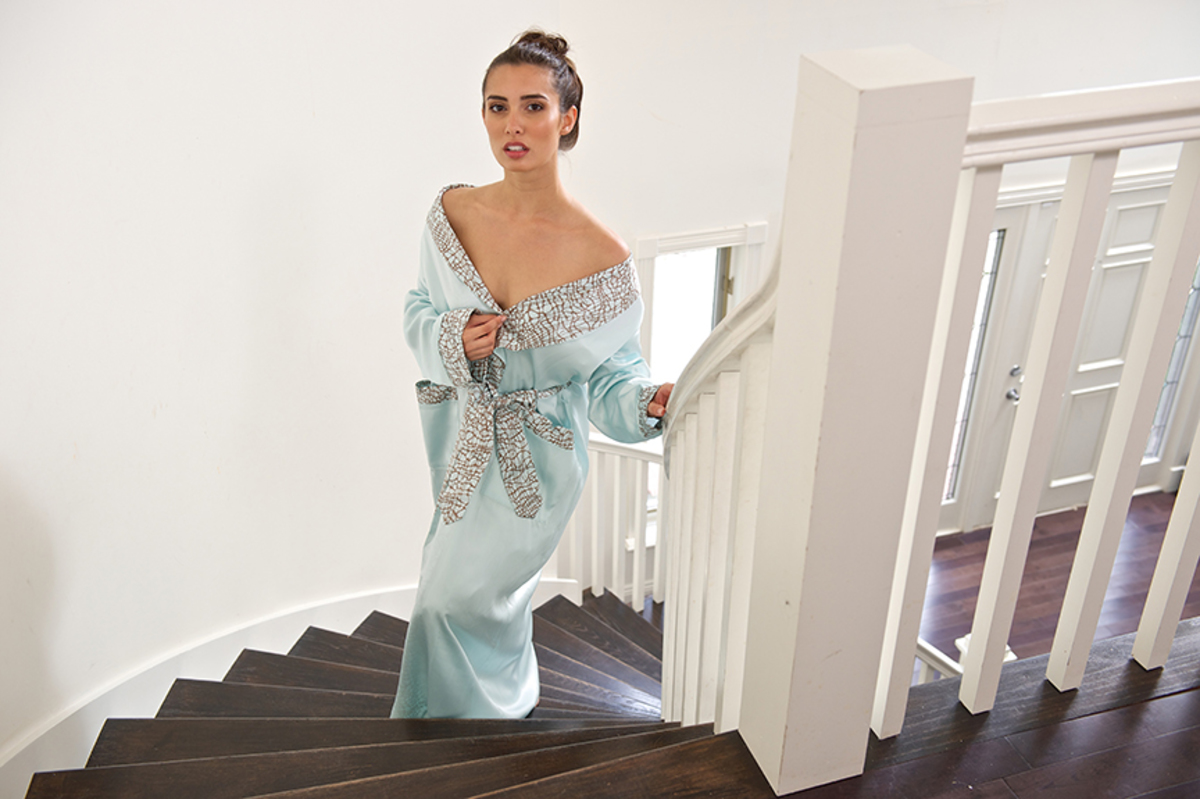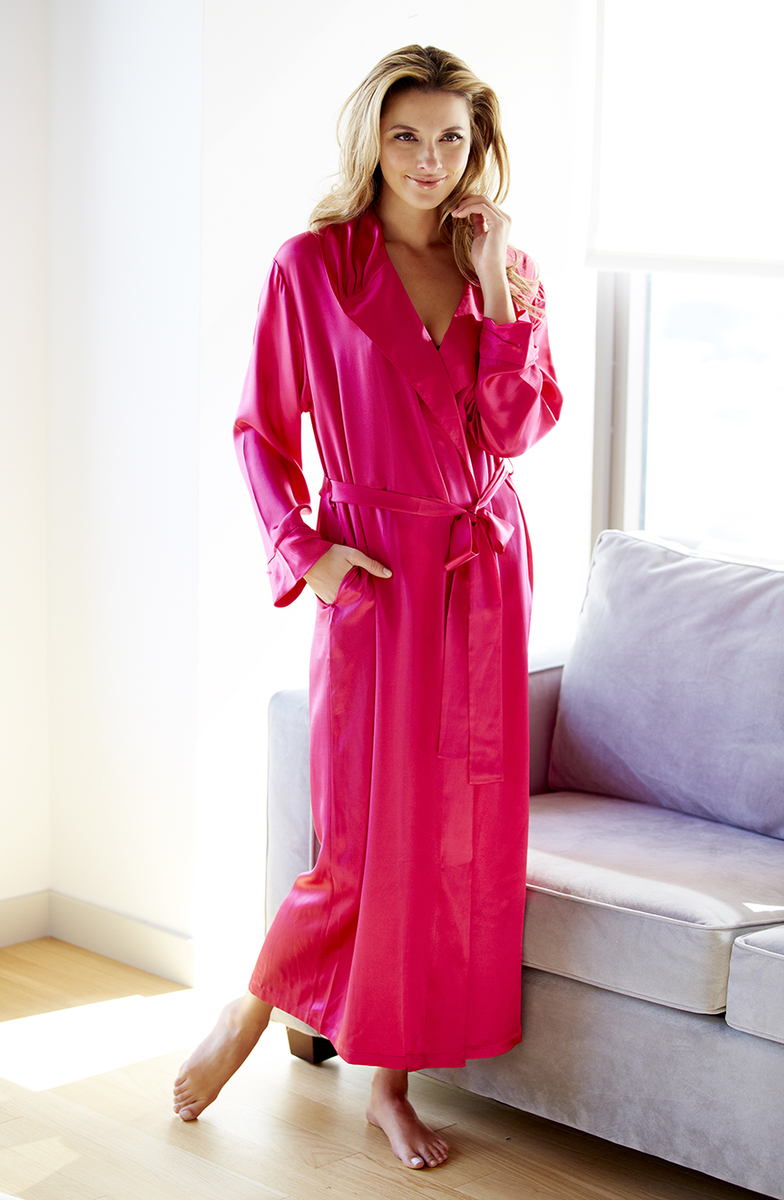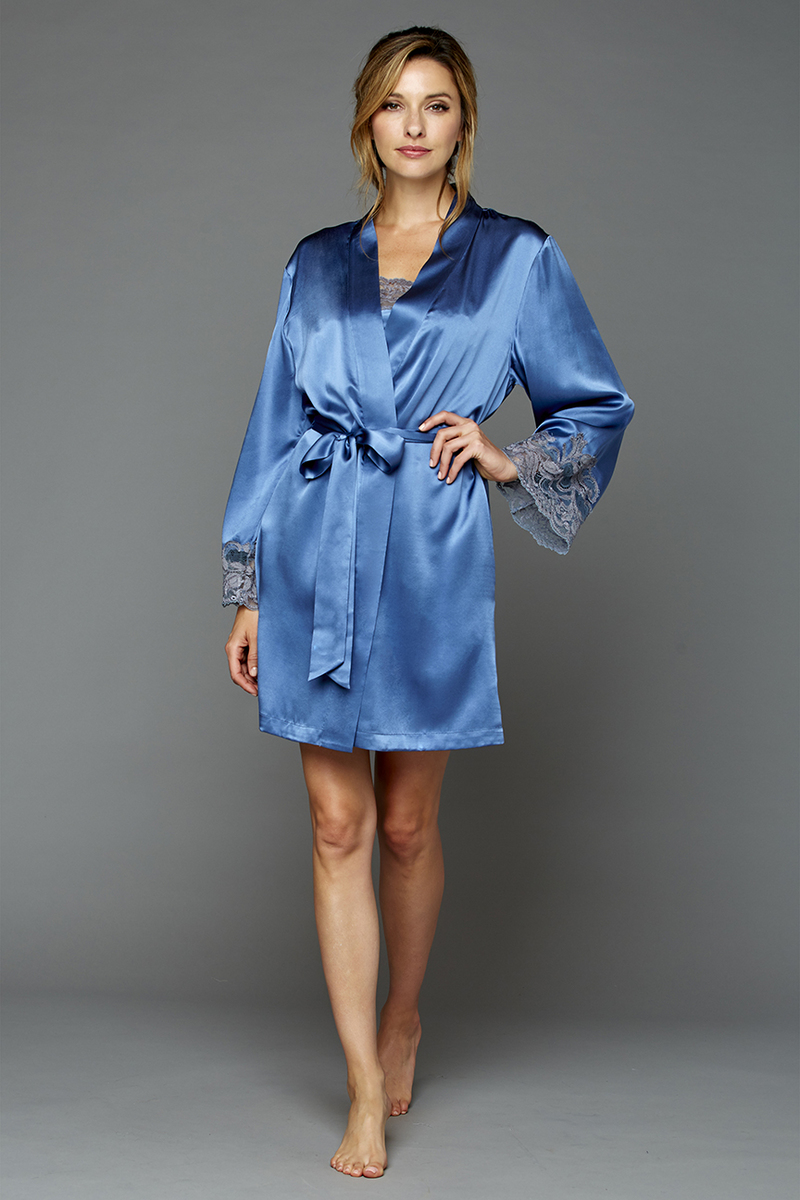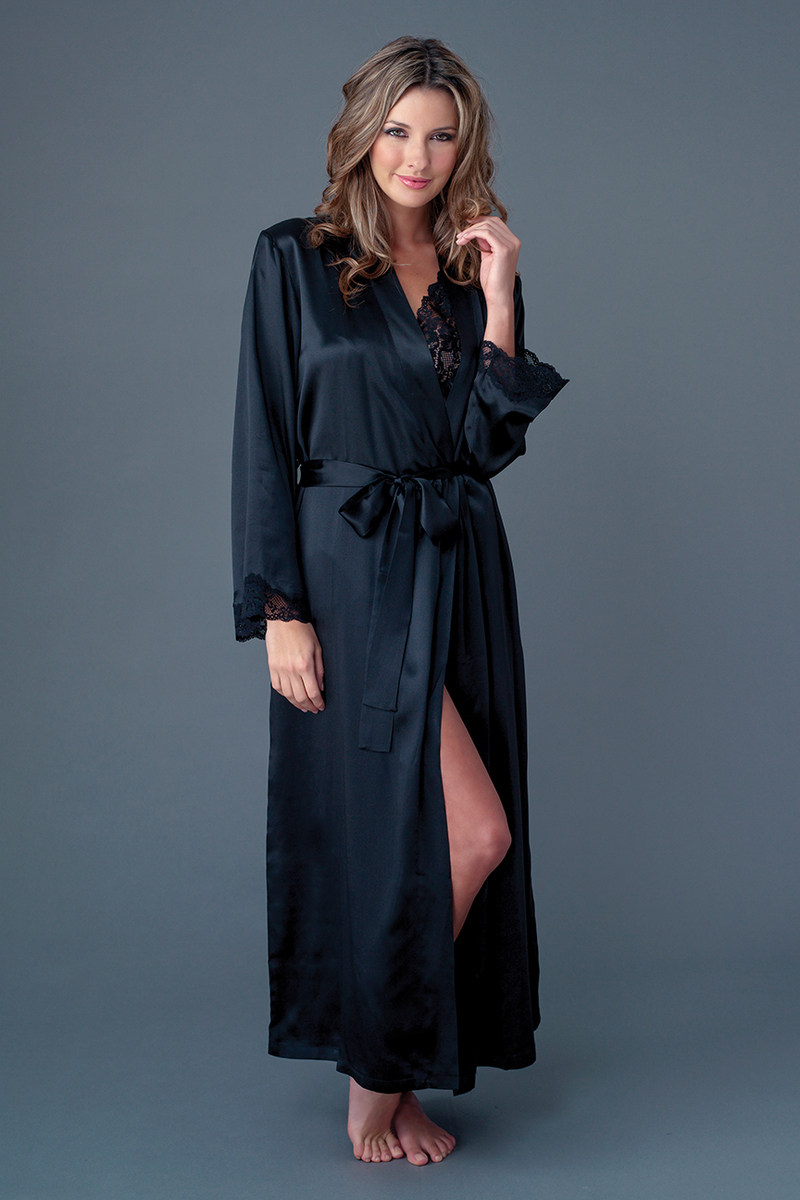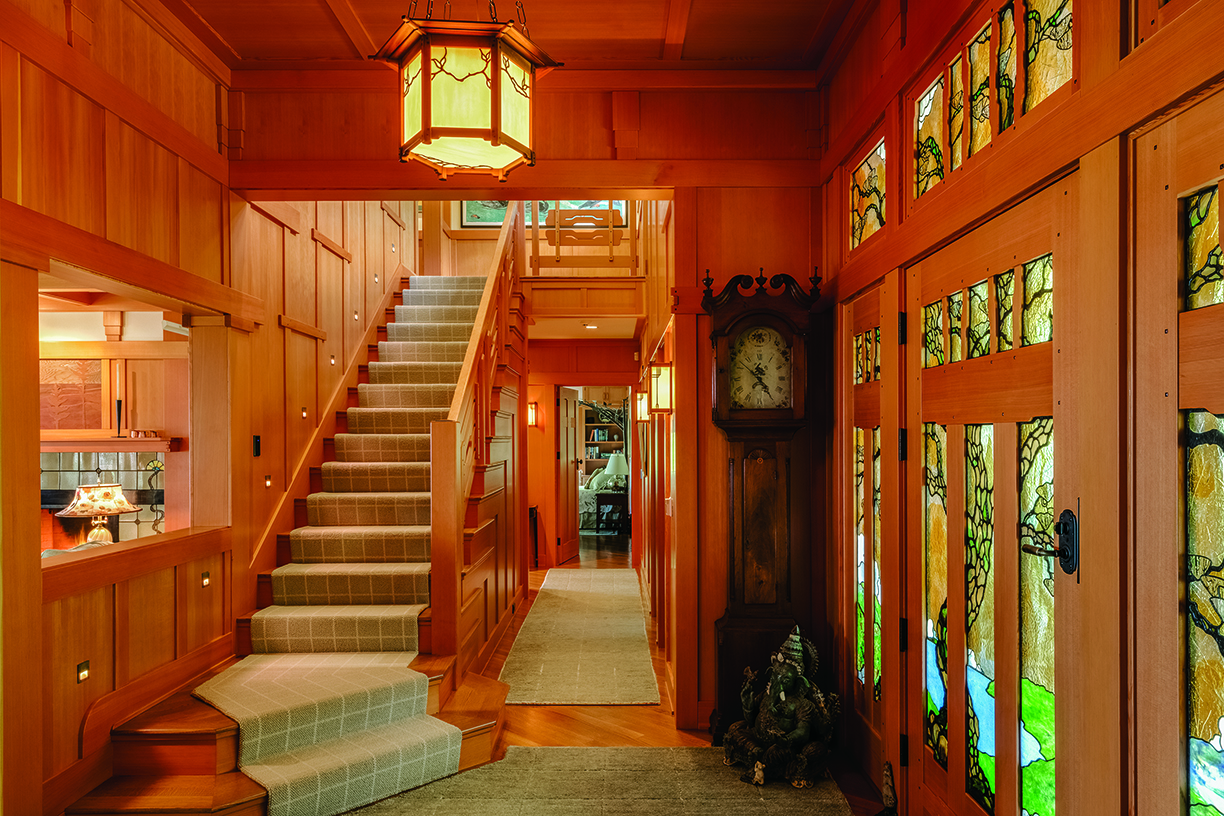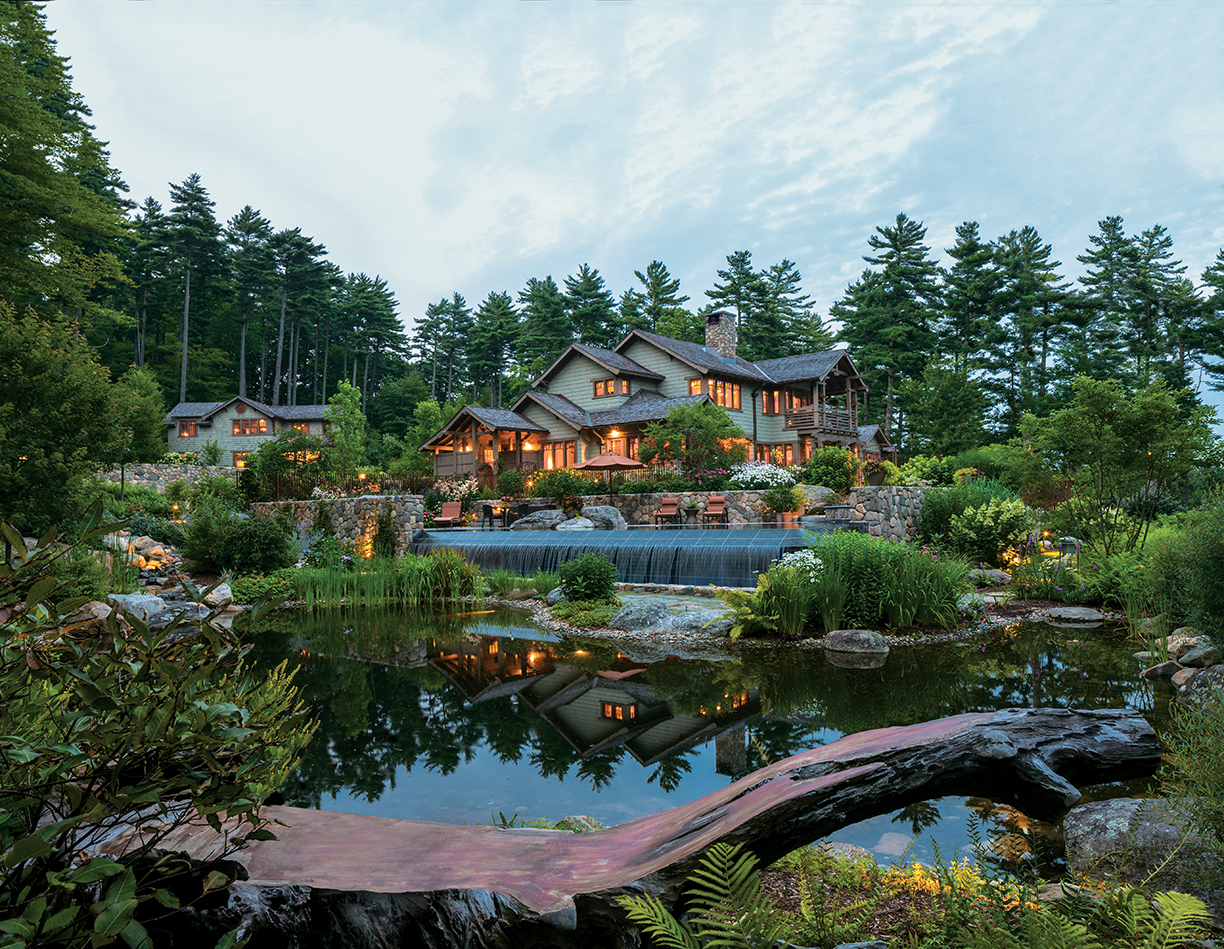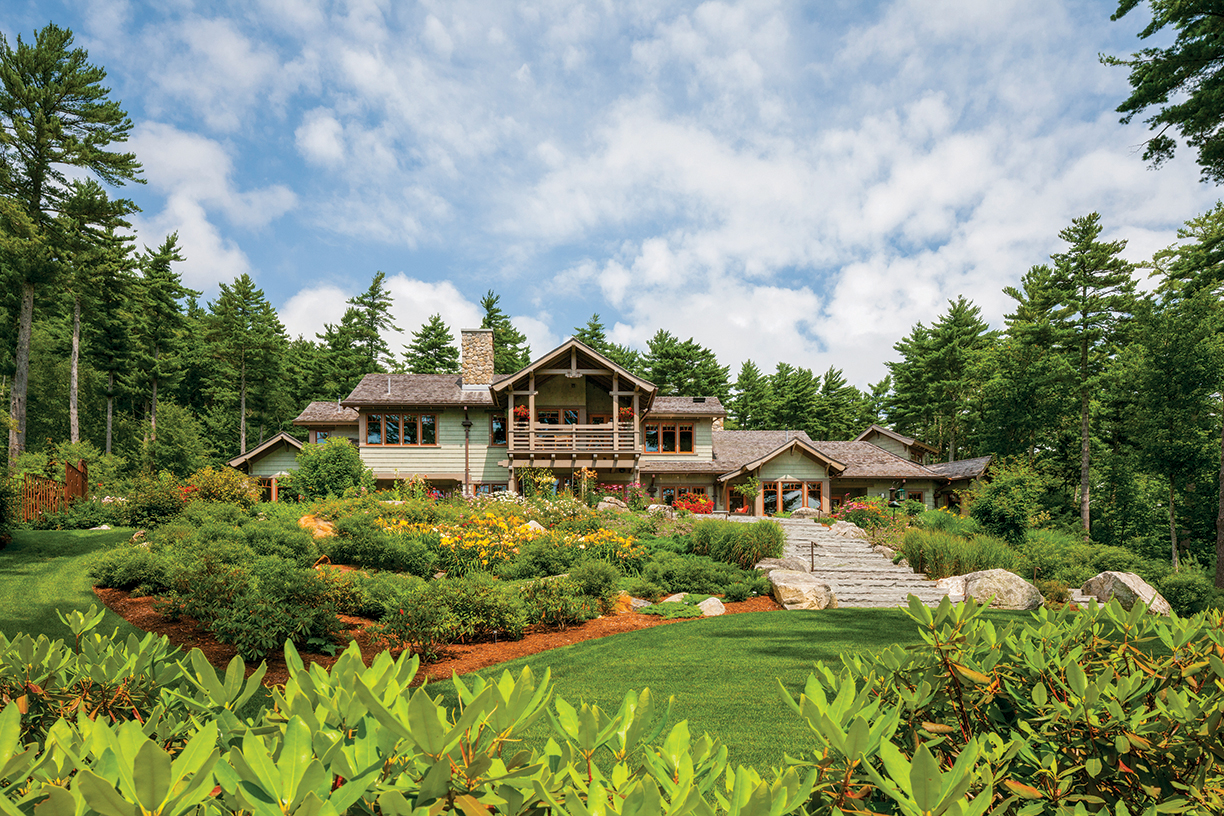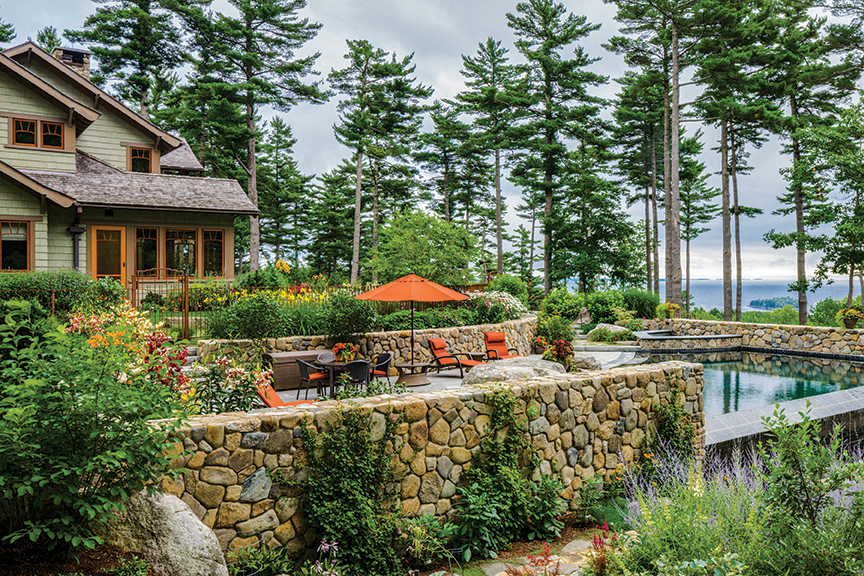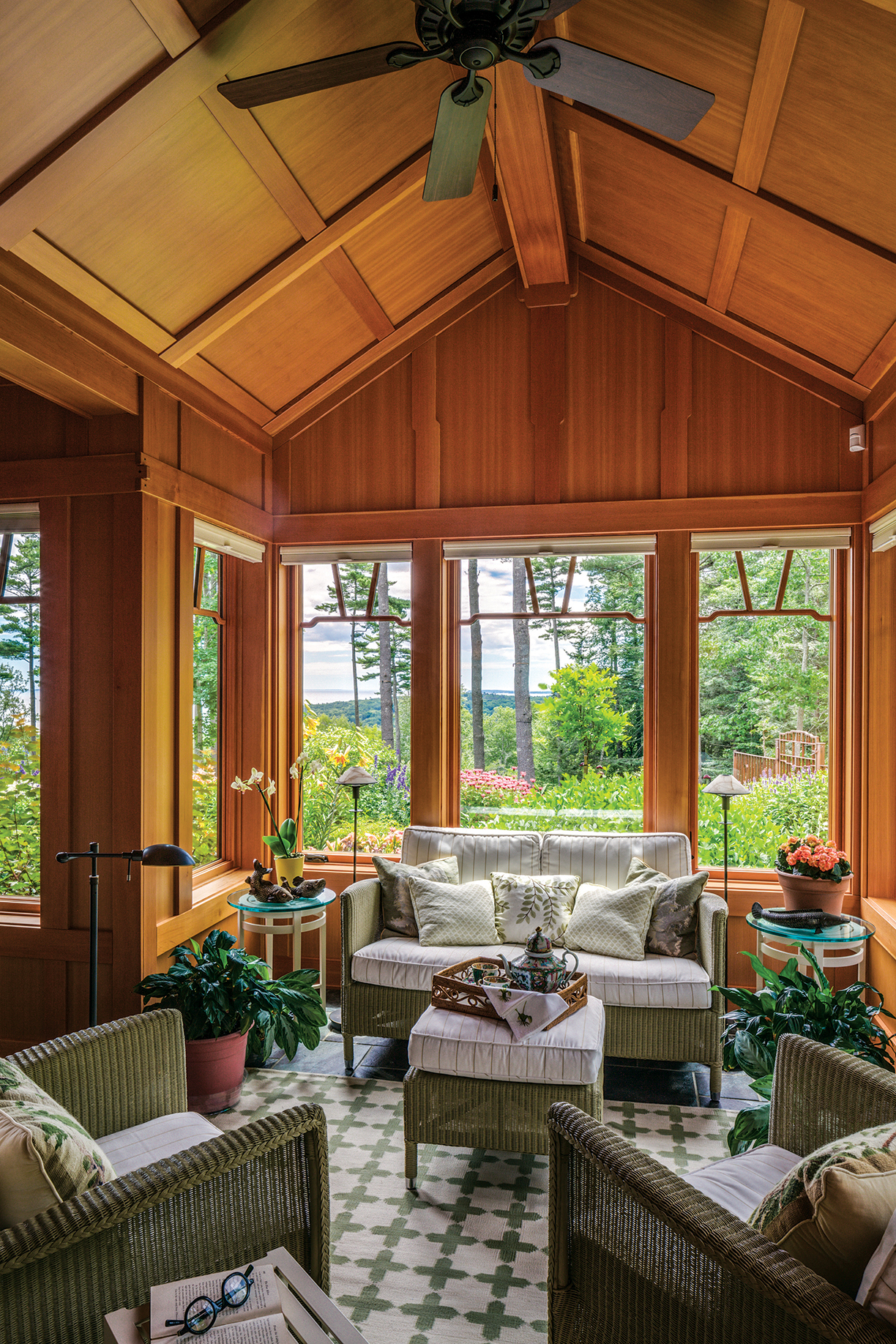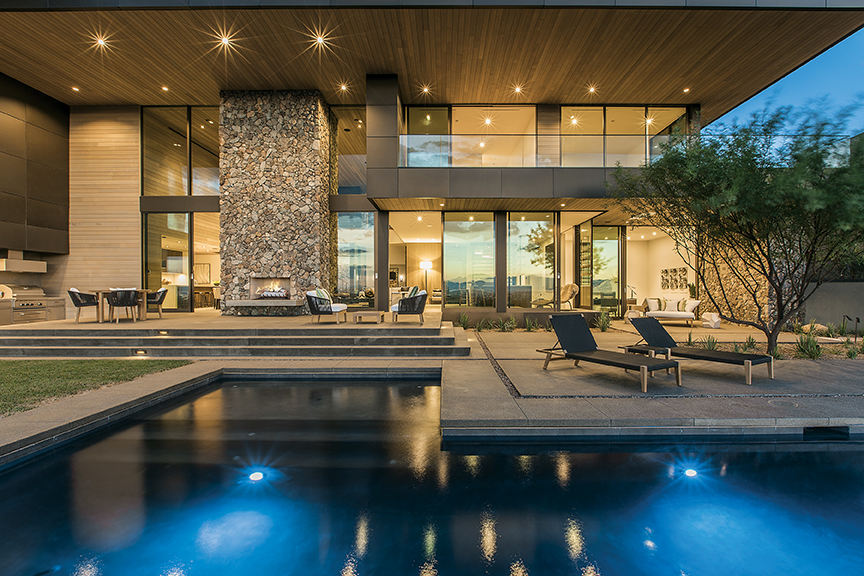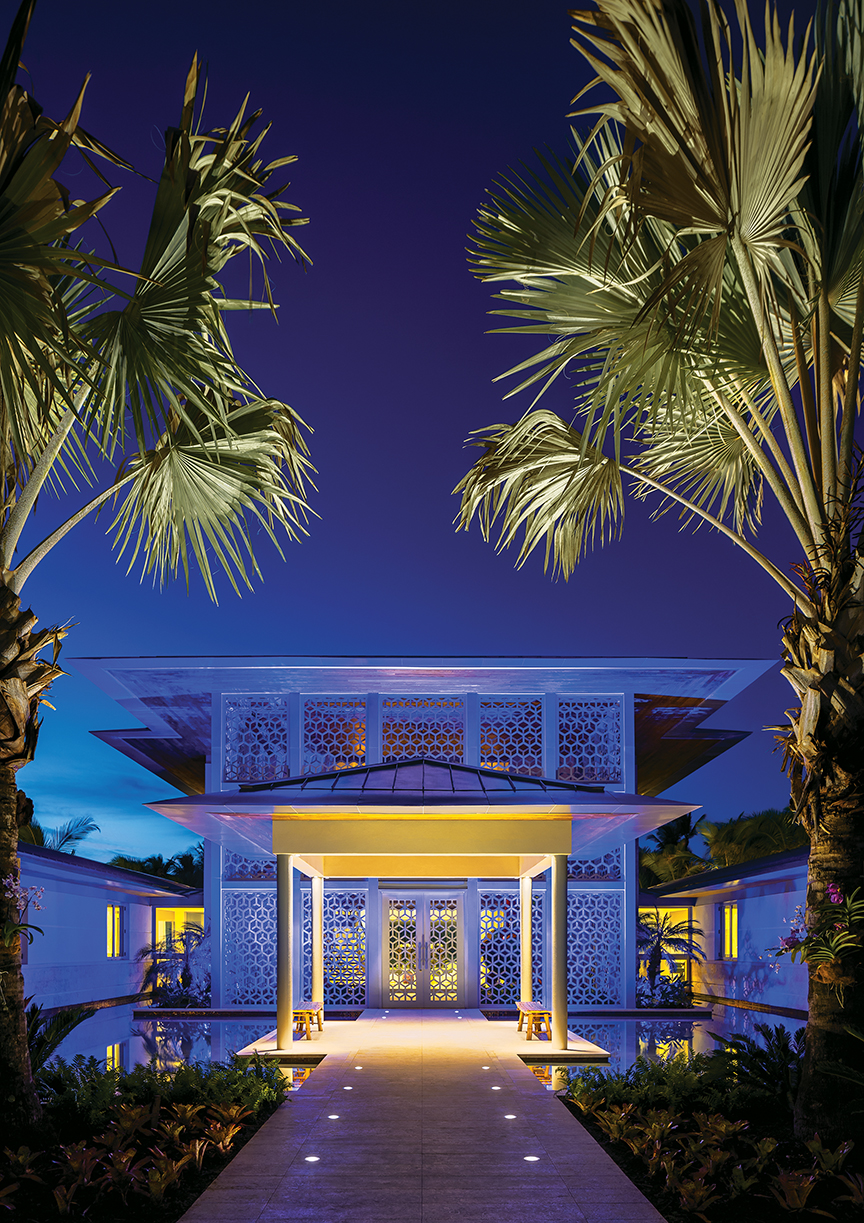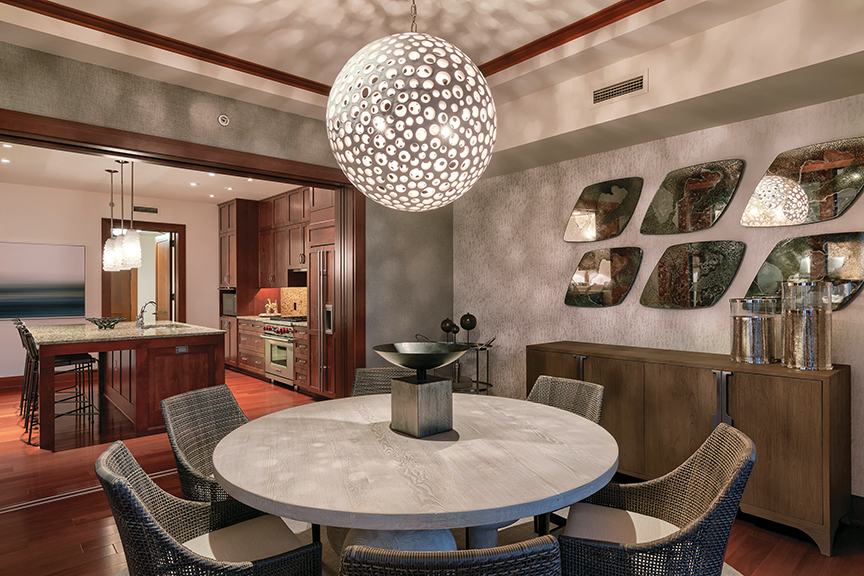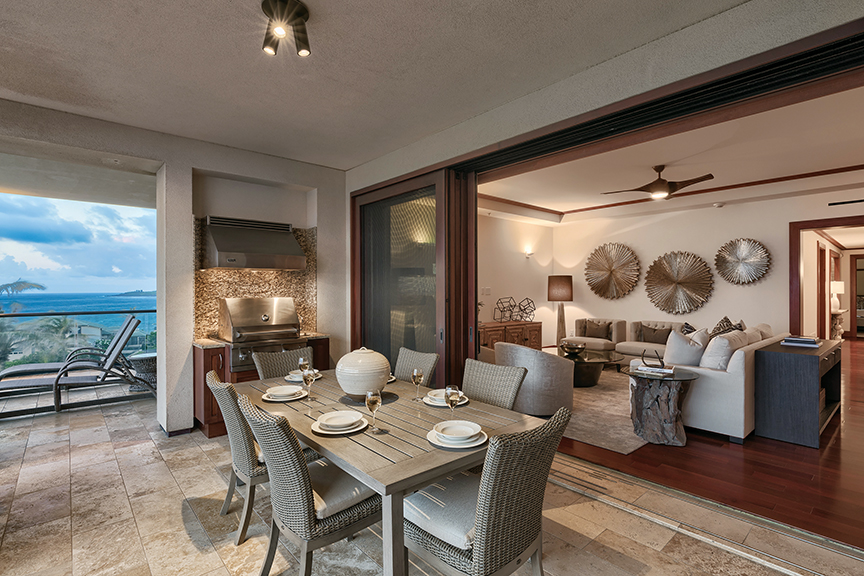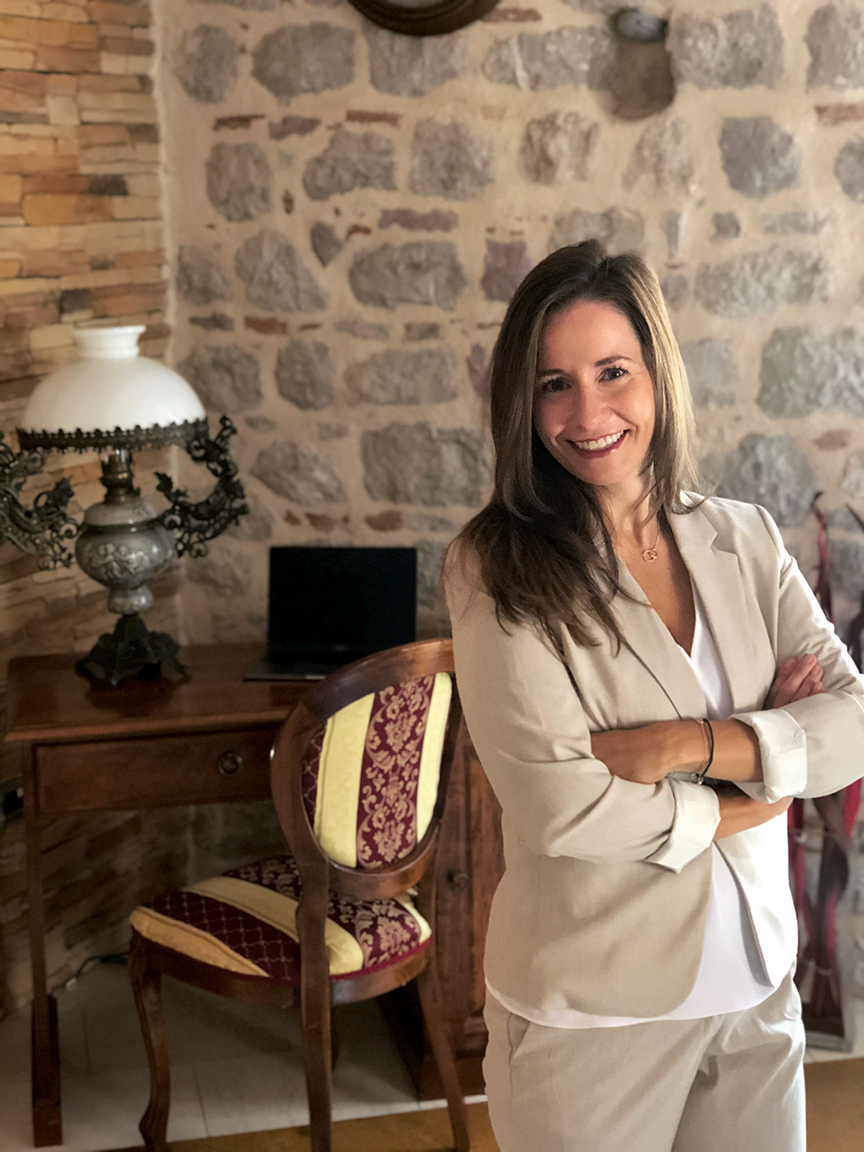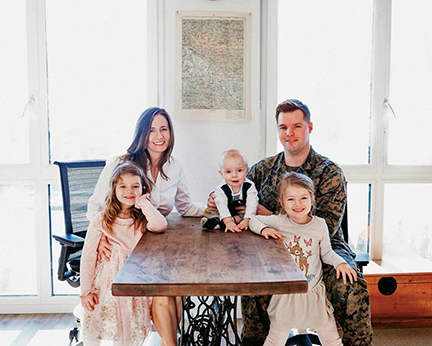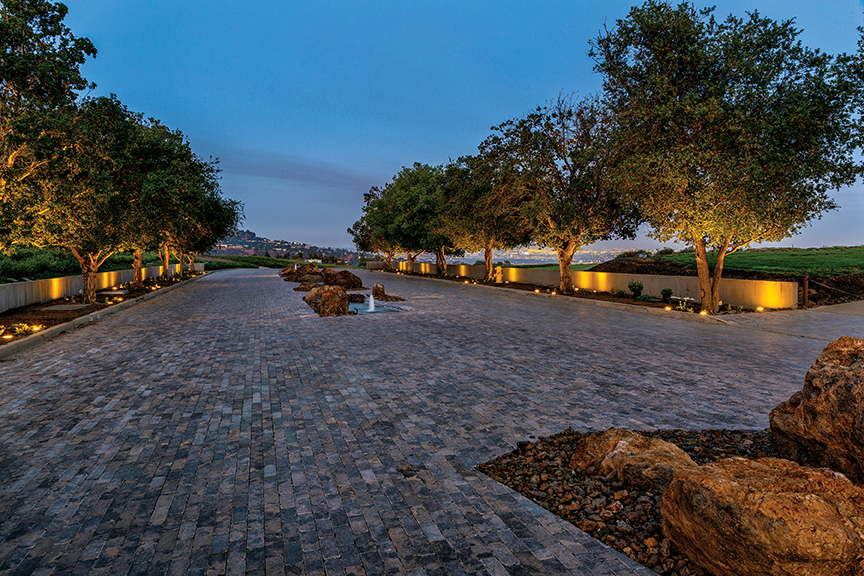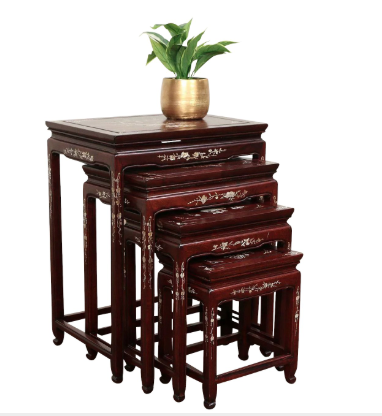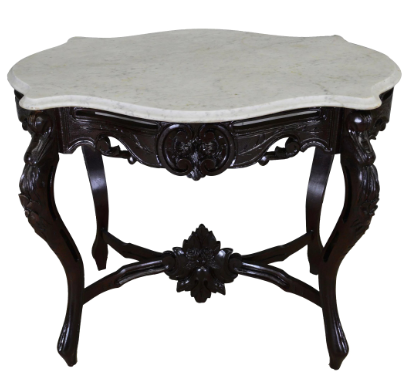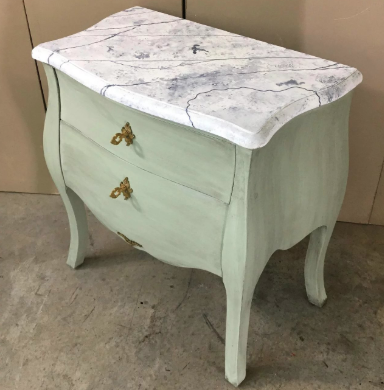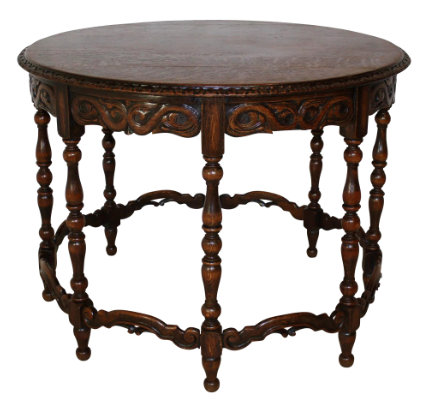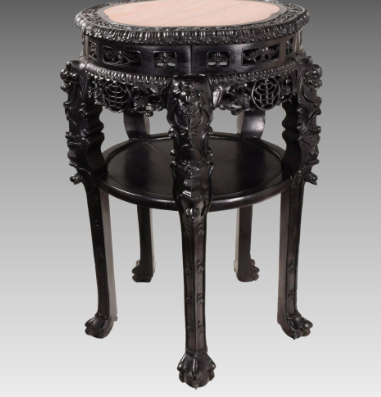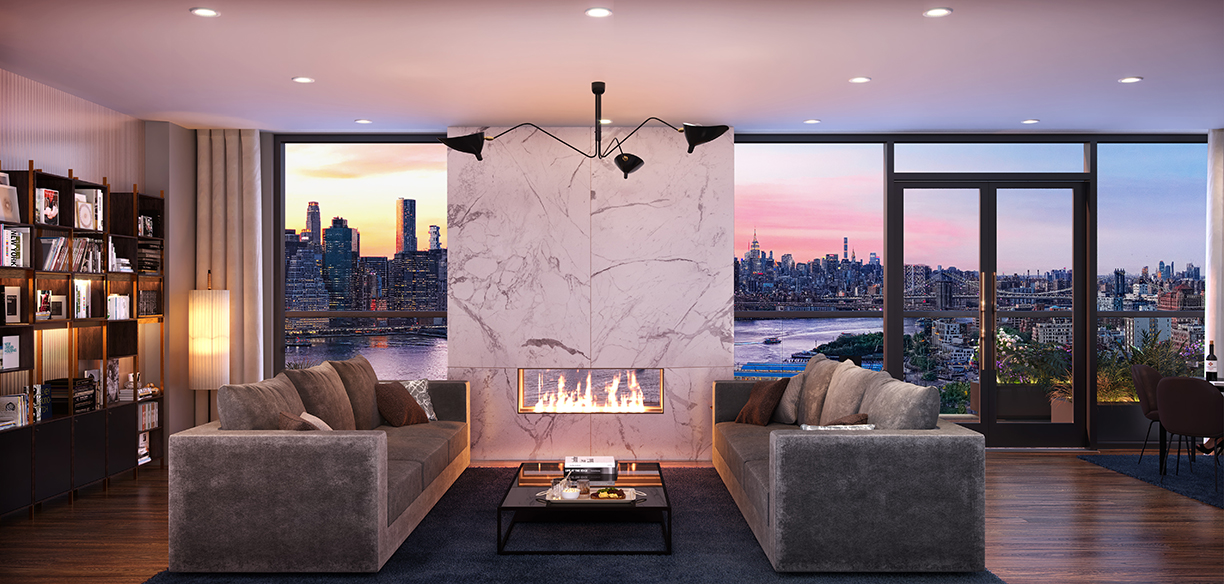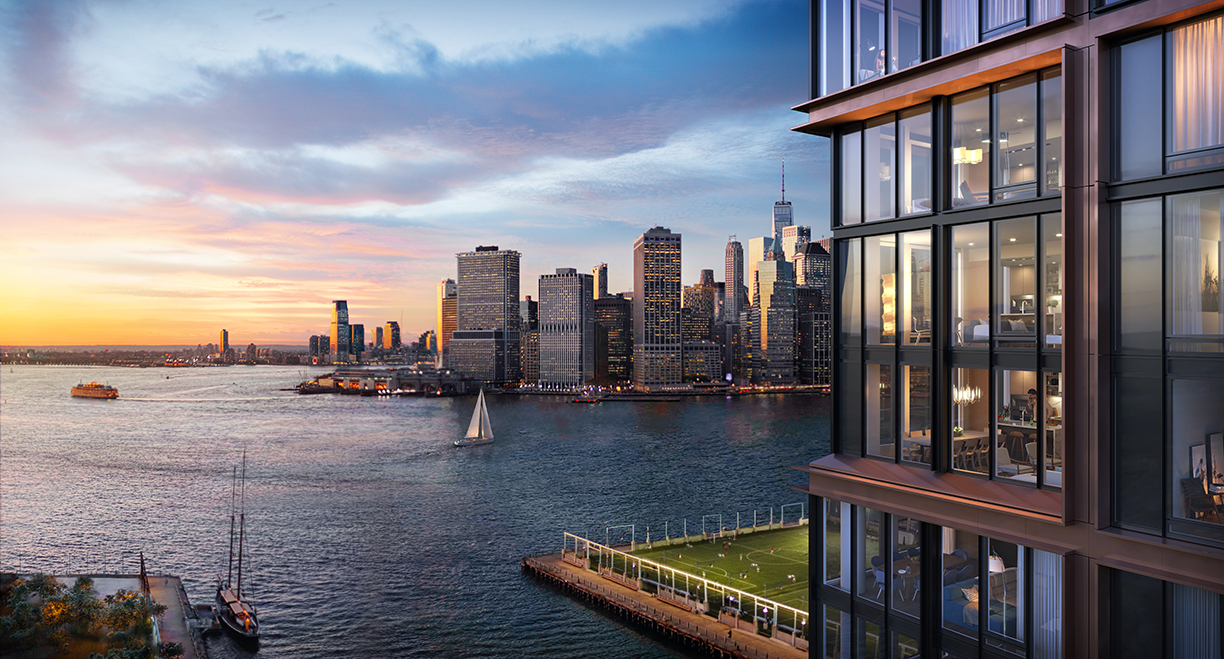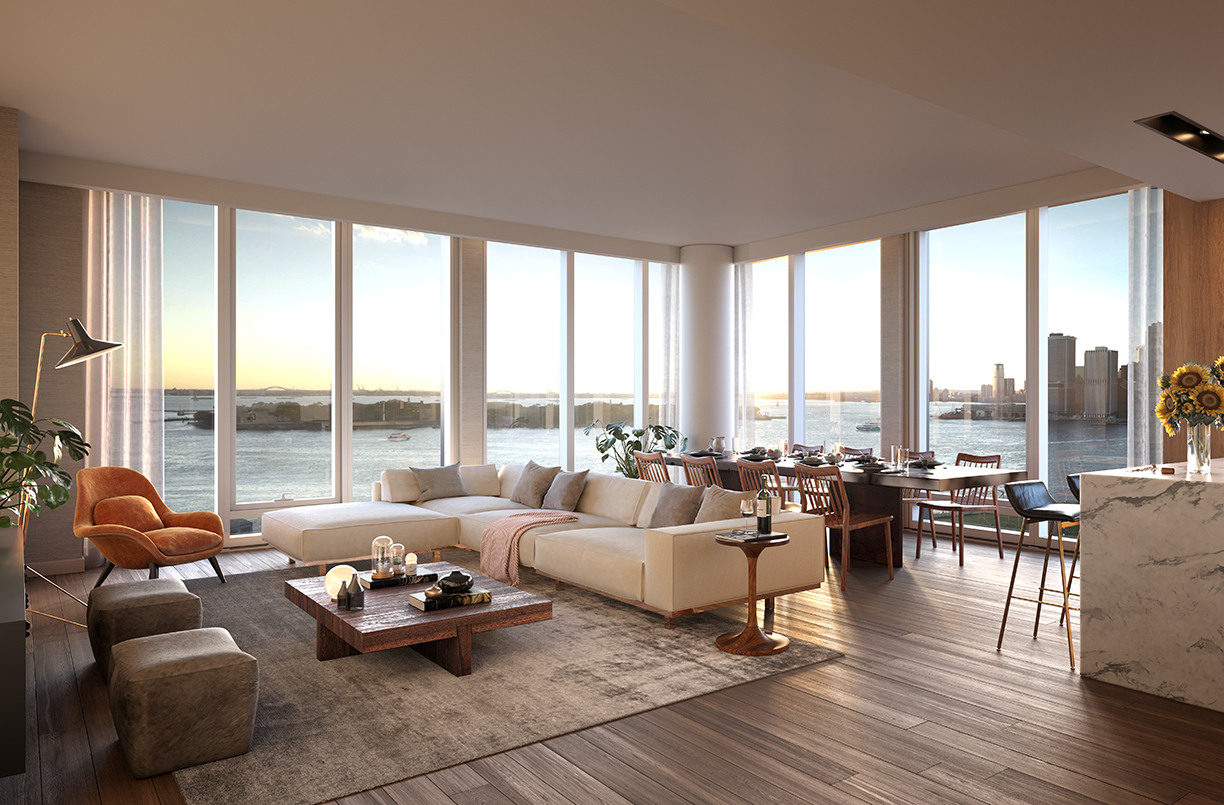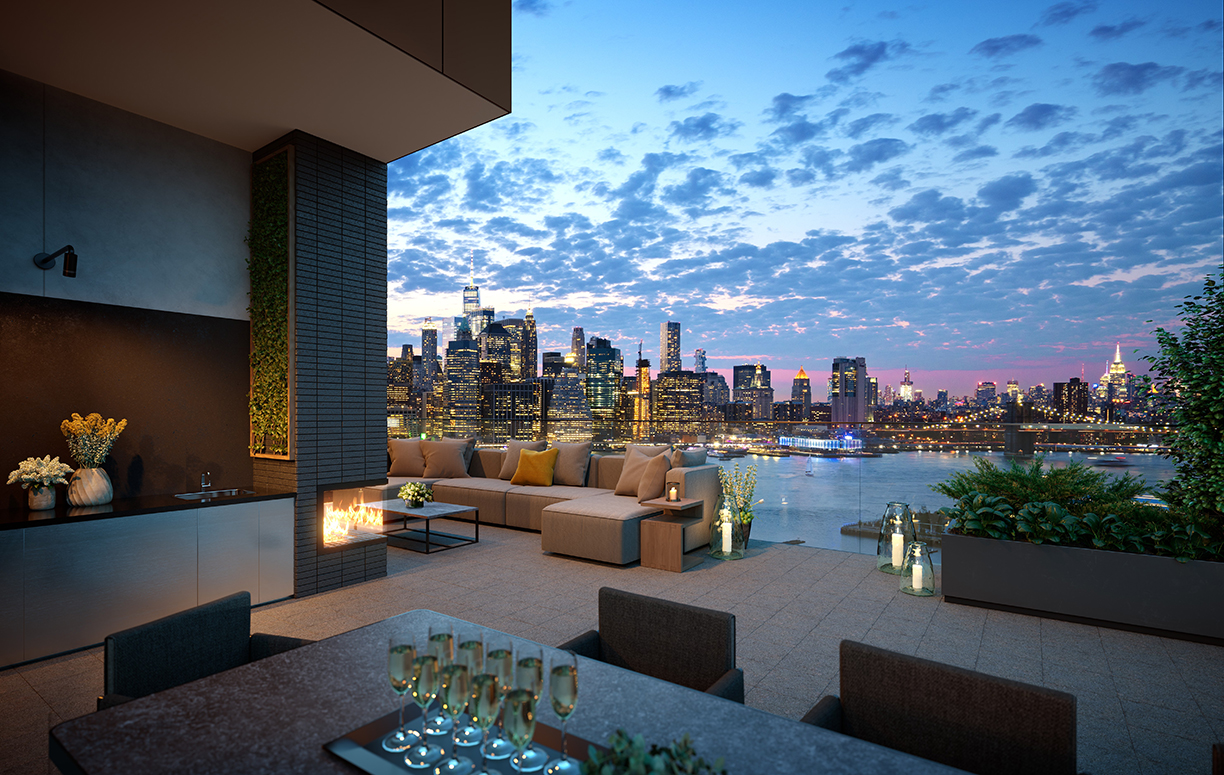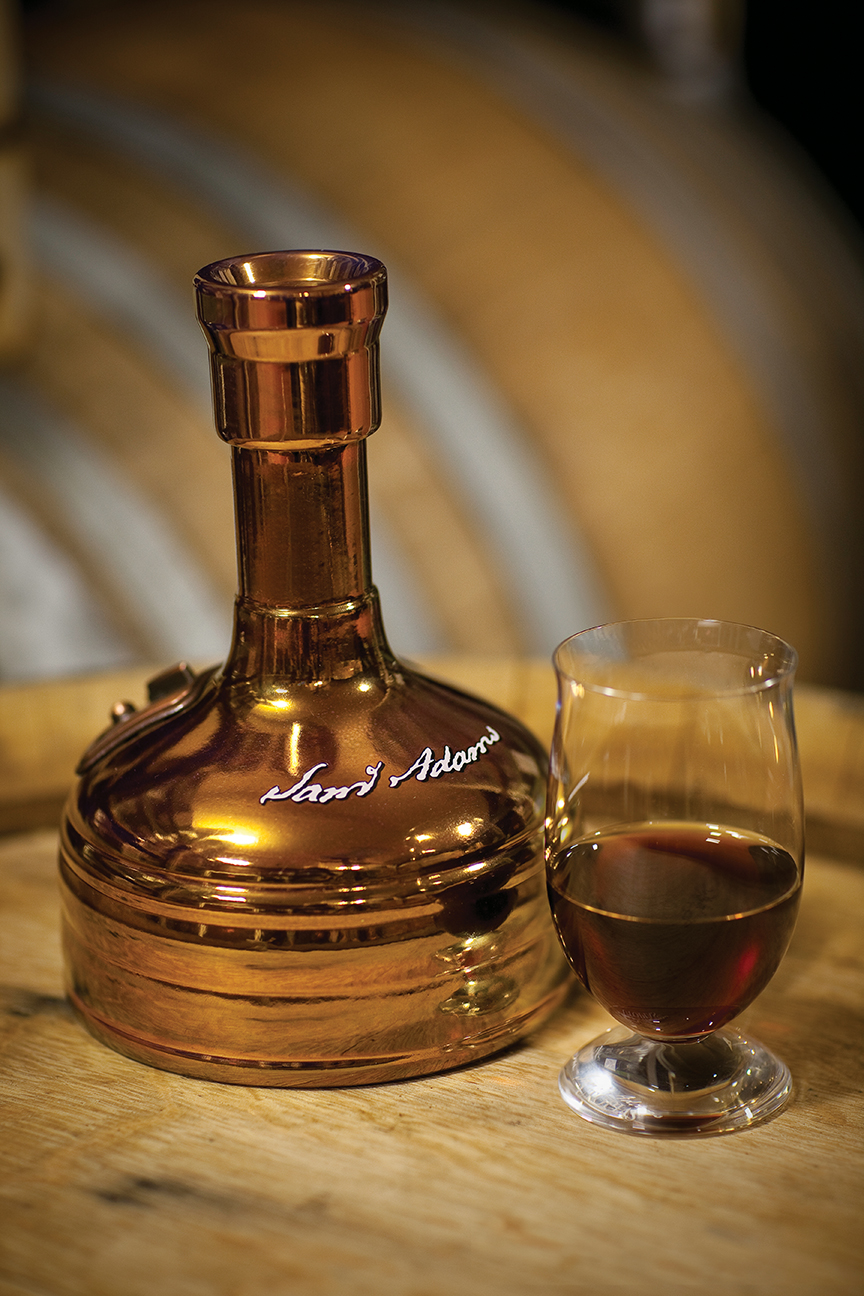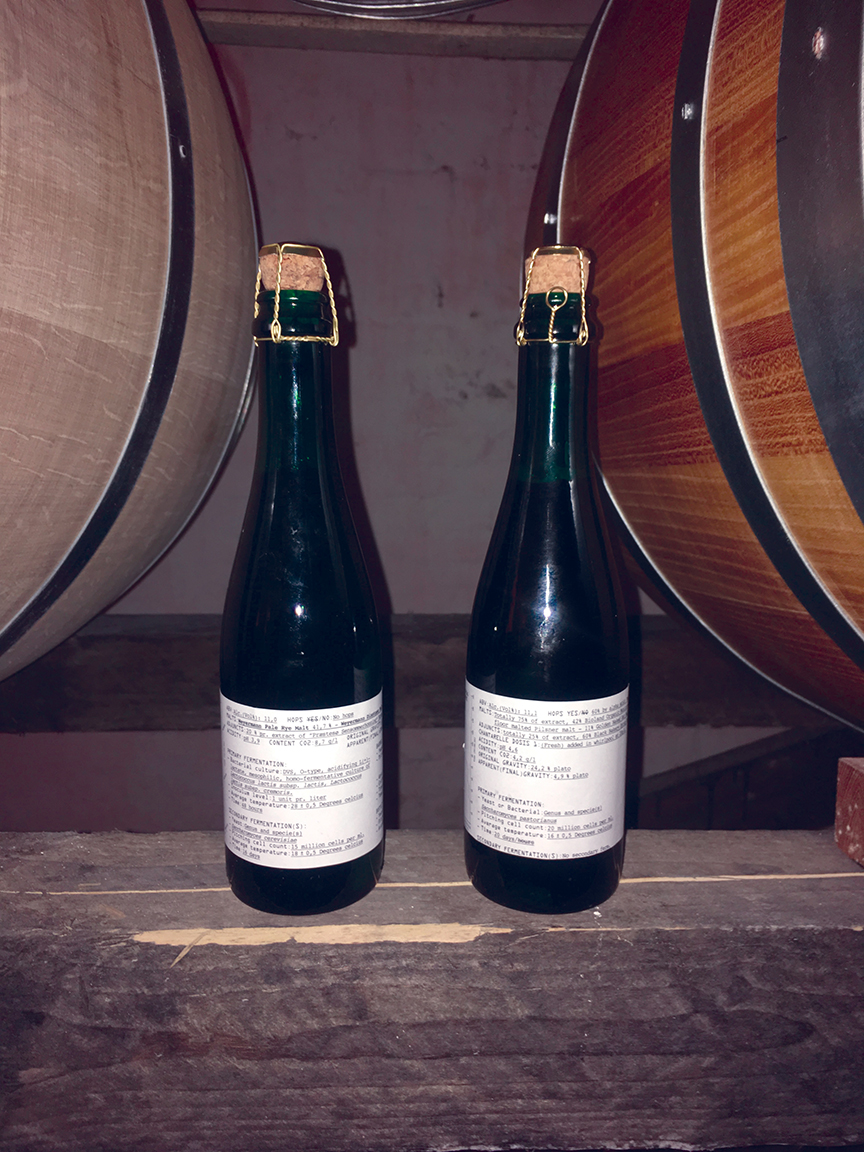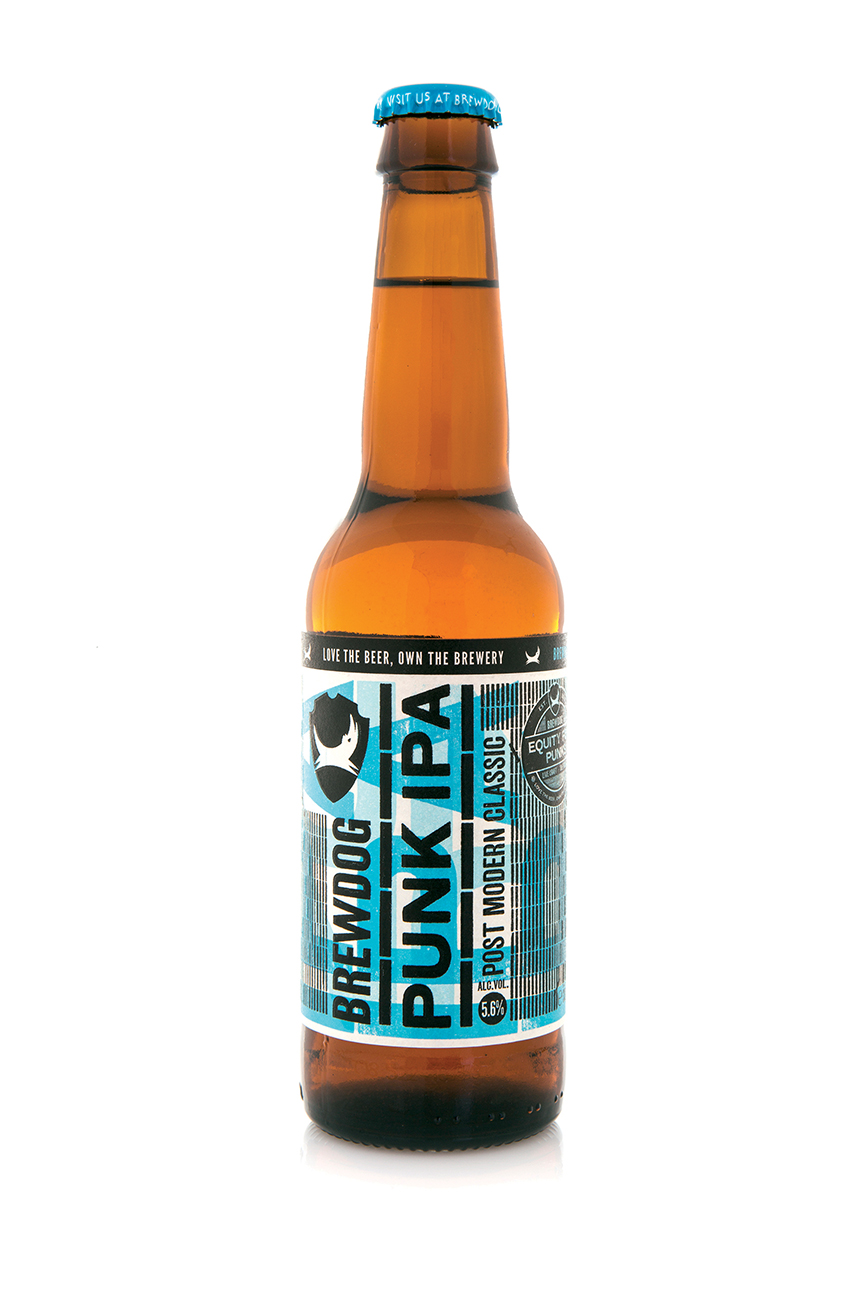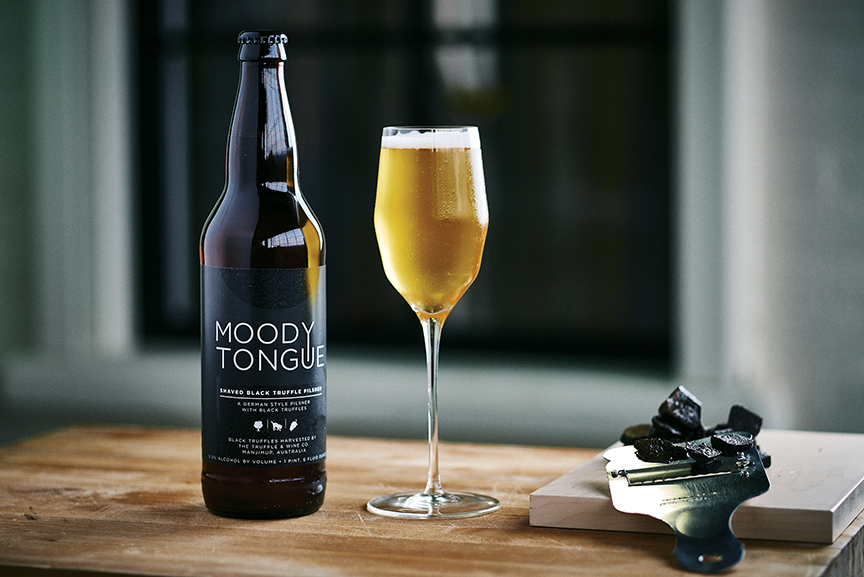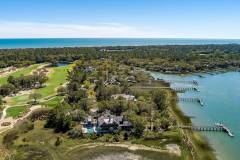“Port A is one of the last really authentic beach towns and it’s only going to grow,”
Cinnamon Shore in Port Aransas, Texas withstood the unforgiving winds of hurricane Harvey and came out on top.
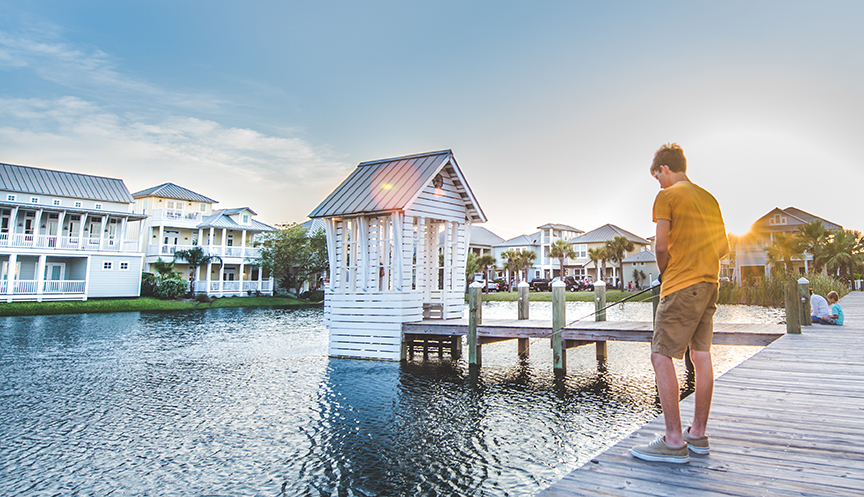
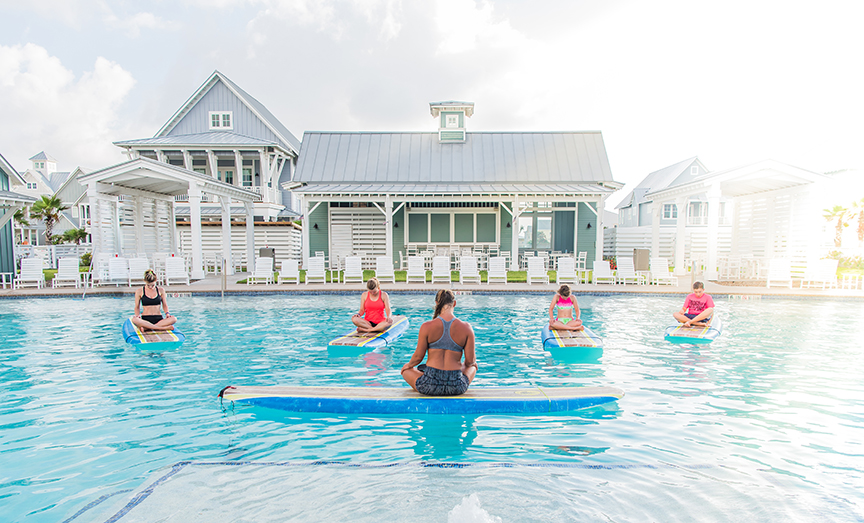
The strict building standards, the lock-and-leave storm procedure and more are a testament to the development’s dedication to creating a durable and safe place to live. “Residents and guests can relax because they can just lock their doors and leave if there is a storm,” says Jodi Peters, managing real estate broker at Cinnamon Shore. But once you visit you won’t want to leave.
Upon entering the community that is Cinnamon Shore, the modern yet cozy architecture catches your eye yet melds perfectly with the carefully incorporated natural elements. “The dunes are really special. Not every beach has this beautiful, thick greenery that separates the homes from the water,” says Peters. The undeniable Southern beach tones immediately make you feel as if you’re at a serene beach getaway.
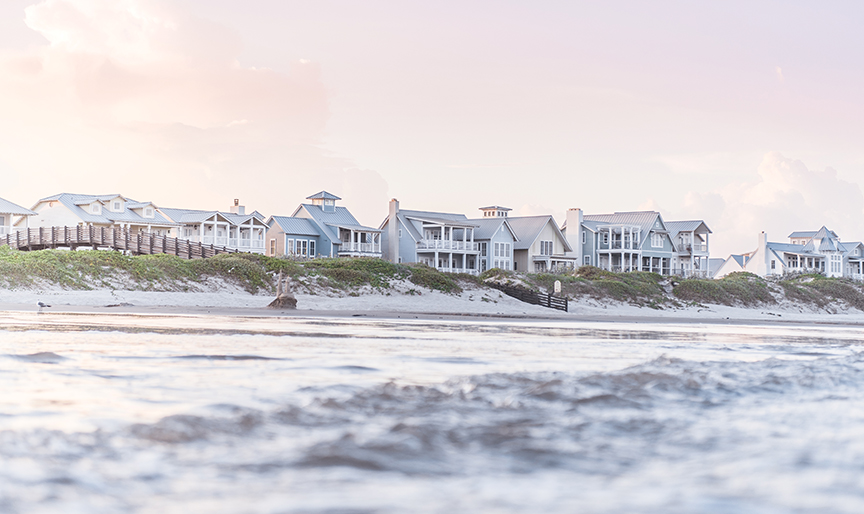
Clean white accents are crisp against beach tones, and modern design ties the community together and sets a standard within the community that doesn’t feel stiff or forced.
Despite the closeness to the beach — most balconies offer spectacular views — the residences are built 11 to 13 feet above sea level and adhere to building codes and regulations that have been tested and have proven to be reliable and sturdy.
“It’s a safe area that is perfect for families and empty nesters,” says Jeffrey Hentz, president and CEO of the Port Aransas/Mustang Island Chamber of Commerce & Tourism Bureau. With that distinct feeling of safety, the community seamlessly incorporates amenities that will have guests feeling as if they’re at a coveted resort. However, rather than scooting away from other guests and fighting over seats around the pool, the community encourages getting to know the other residents, without sacrificing the necessary privacy for a relaxing vacation or stay.
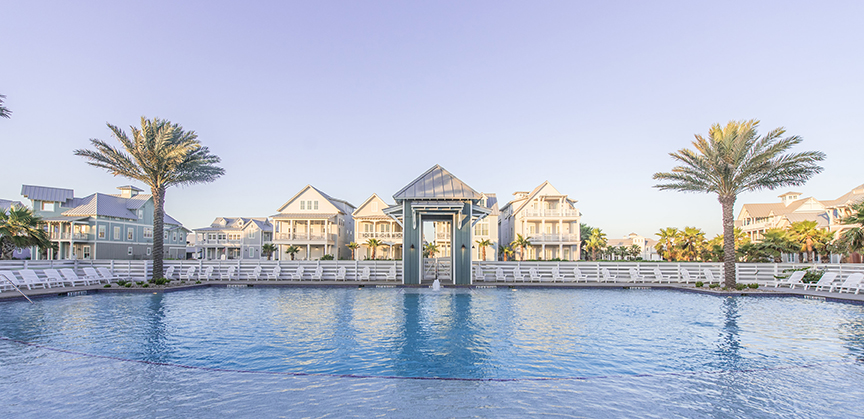
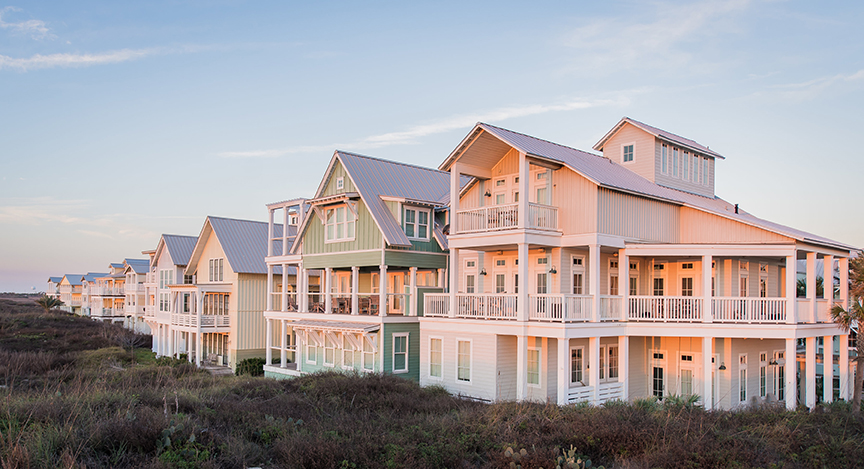
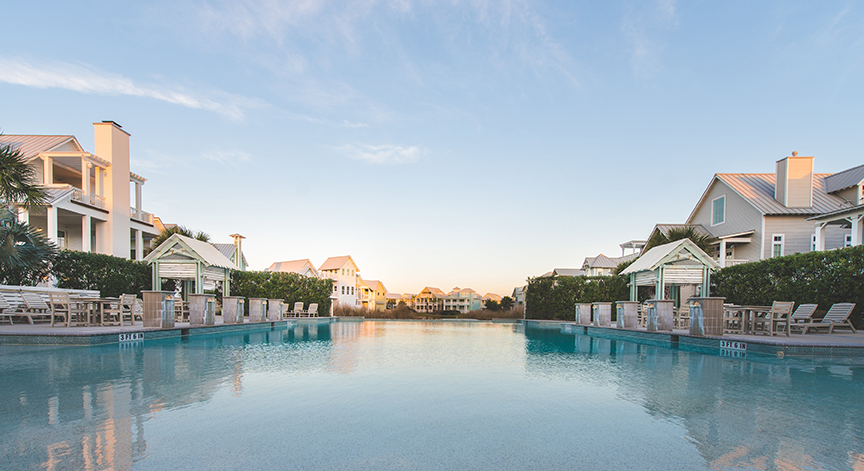
Areas like the fire pit — a popular gathering point with smores to accompany peaceful nights, the community pool, the social circle, and the great lawn provide endless opportunities to meet people or enjoy a serene evening by the water. “Small things like the fire pit bring everyone out and together,” according to Hentz.
The balance that Cinnamon Shore has created is the perfect formula for success.
The sense of safety as if you’re in a neighborhood where you’ve lived your whole life doesn’t dull the excitement or variety of activities and nightlife that are available within the development or just a short trip into town away. Lisabella’s within Cinnamon Shore is the perfect evening dining venue. The rest of Port A offers a variety of cuisine ranging from authentic Italian food at Venetian Hot Plate to the “you catch it, we cook it” option that is offered at several local restaurants.

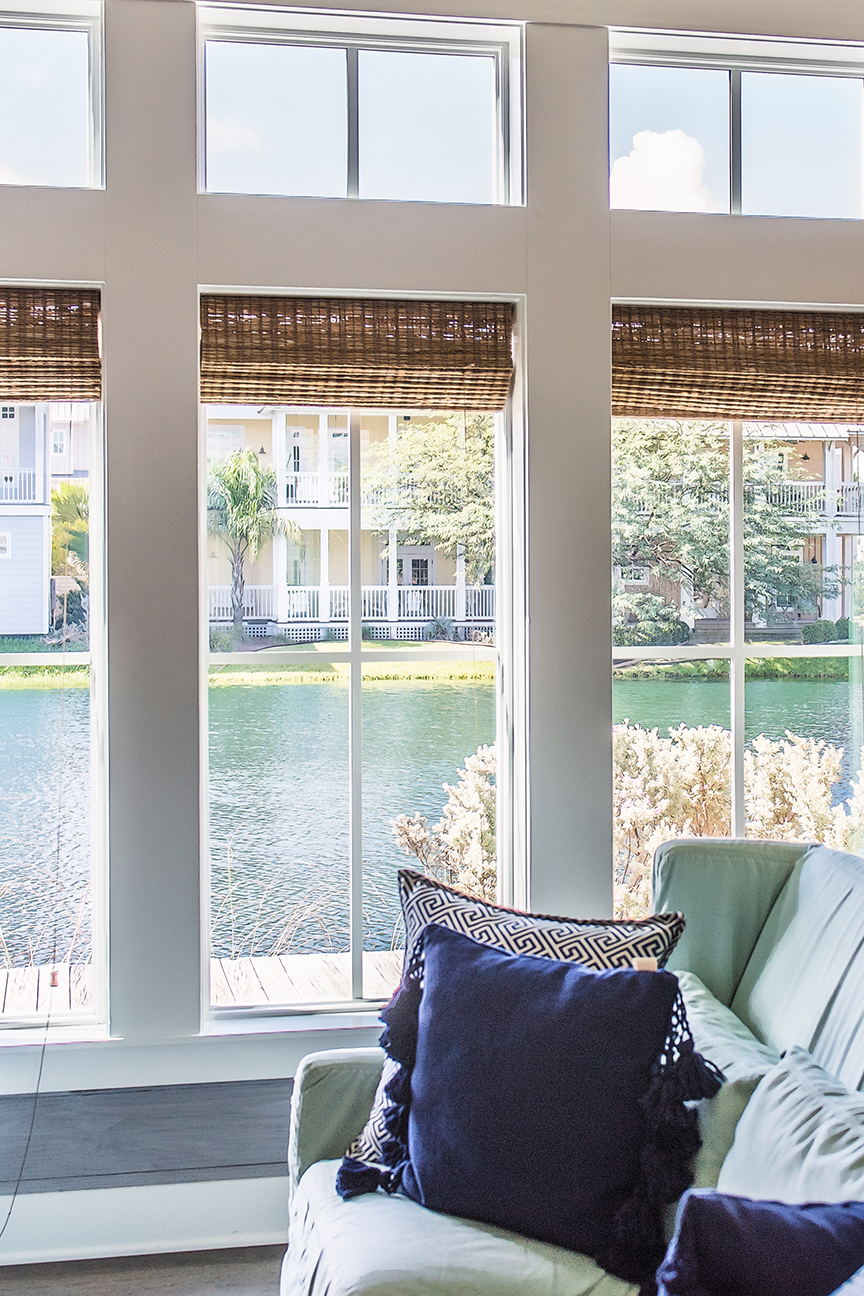
Nature is a big part of Port Aransas and Cinnamon Shore has taken special care to include Hummingbird Park, a fishing pier, Lake Colby and Lake Gavin and, of course, easy access to the Gulf of Mexico for those looking to get away from the big cities. “The pier is a popular spot in the afternoons. It’s the perfect spot to relax and enjoy a summer night,” says Peters.
Cinnamon Shore might be your next permanent home, vacation spot, or rental that you’ll fall in love with.

Real estate options include homes, condos, cottages, homesites, and penthouses.
—Cottages nestled around sunset park range from $585,000 to $689,000.
—Condos are available with one to four beds.
—Four bedroom penthouses are also available with current prices in the range of $790,000.
—Various beach homes are available with options for up to 5 beds and 6 baths.
Cinnamon Shore has already proven its success, but there are big plans for expansion already underway. “It’s the original seaside village on the Texas coast,” says Peters. “It just keeps getting more beautiful and intricate with every detail.”
Cinnamon Shore South is going to be a 300-acre New Urbanist community and will include two luxury pools, views of a Texas-sized lake, and vistas of both the Gulf of Mexico and the bay.
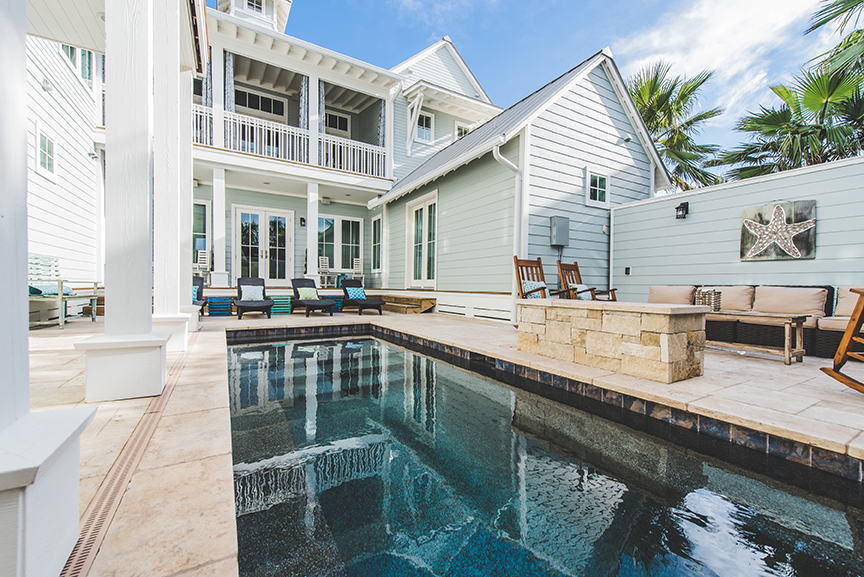
Photos by Shannon Lafayette/ courtesy of Cinnamon Shore


